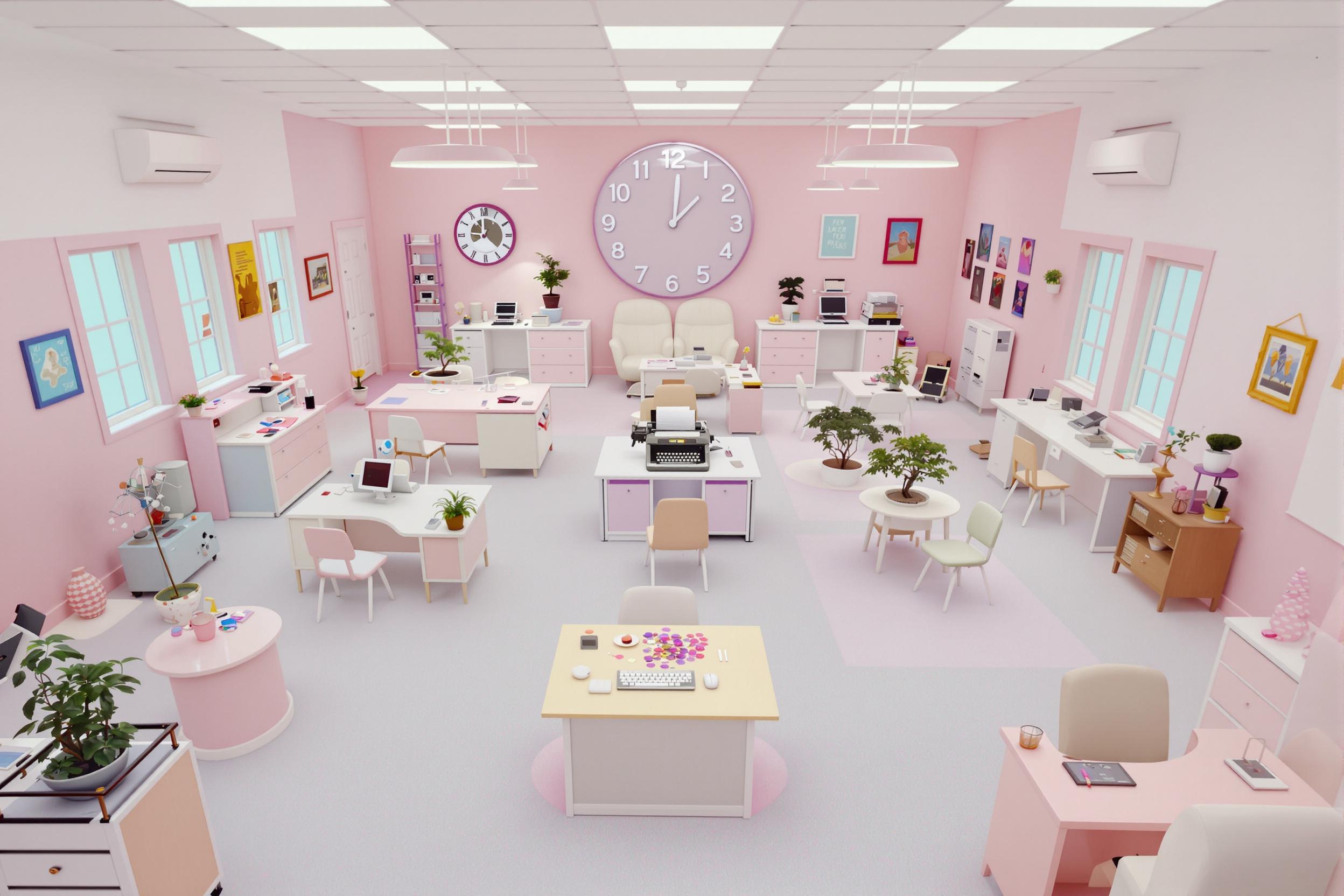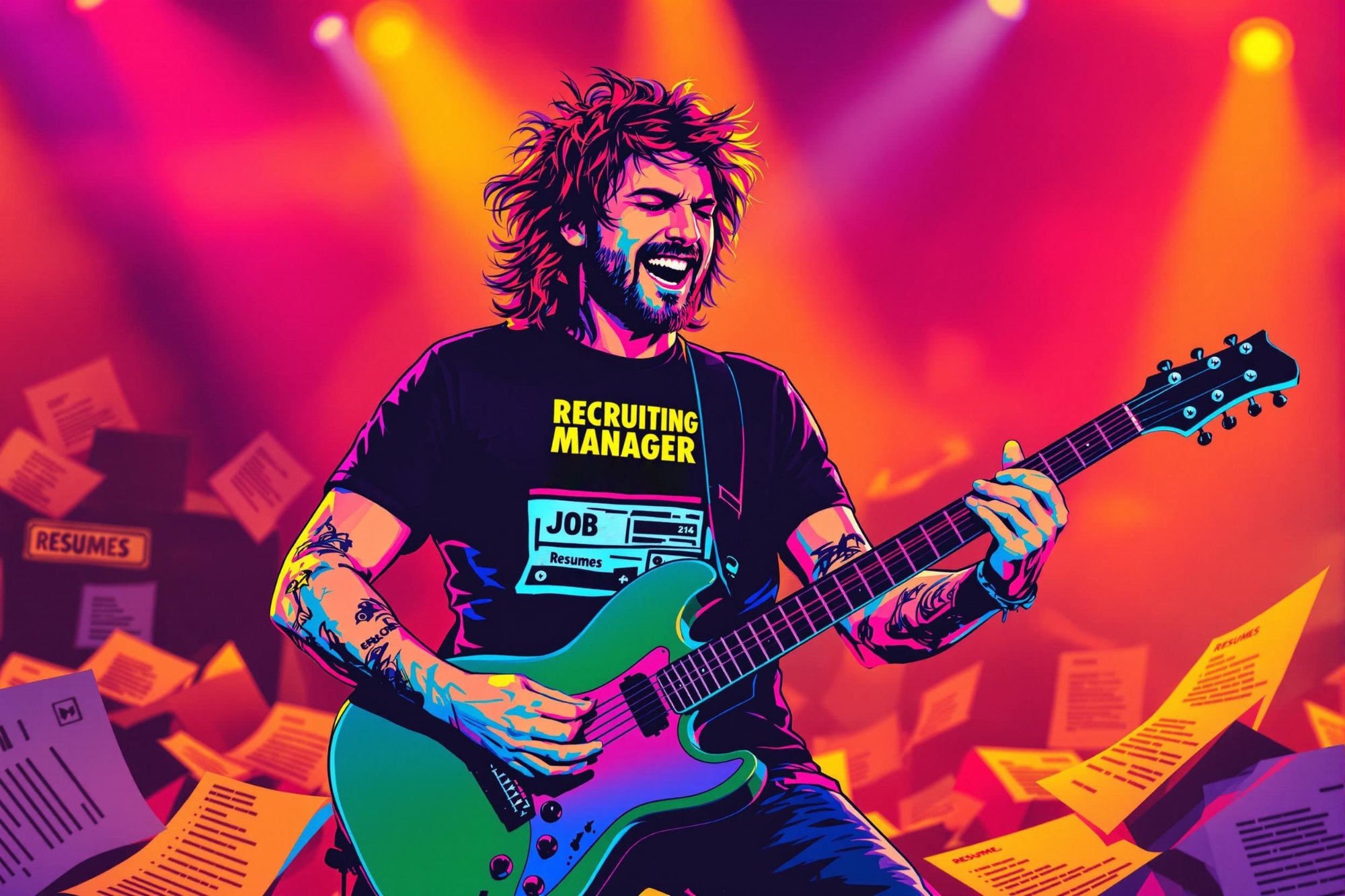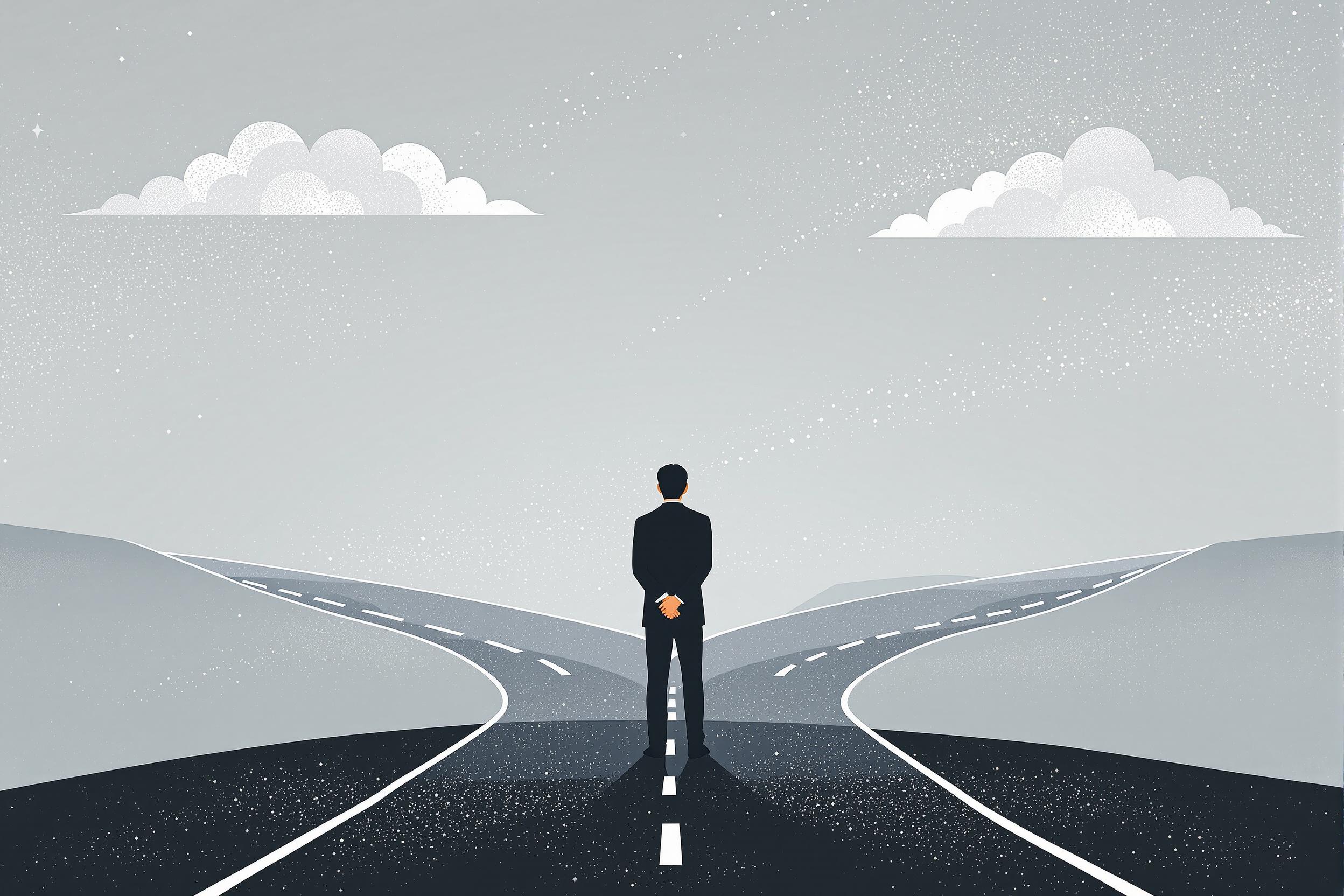
B-Roll
B-Roll is the extra footage filmed during video production that supports the main shots (called A-Roll). Think of it as background or supplementary video that helps tell the story better. For example, if someone is talking about a restaurant in an interview, B-Roll might show shots of the kitchen, dining room, or food being prepared. It's commonly used in documentaries, news broadcasts, and corporate videos to make them more engaging and provide visual context. When someone lists B-Roll experience on their resume, it means they know how to plan, shoot, and select supporting footage that enhances the main narrative.
Examples in Resumes
Filmed and edited B-Roll footage for 20+ corporate training videos
Managed a team of camera operators capturing B-Roll for documentary series
Directed B Roll acquisition for national television commercials
Created compelling story elements through strategic B-Roll placement
Typical job title: "Videographers"
Also try searching for:
Where to Find Videographers
Professional Organizations
Online Communities
Job Boards
Example Interview Questions
Senior Level Questions
Q: How do you plan B-Roll coverage for a large project with multiple locations?
Expected Answer: A senior videographer should discuss planning shot lists, coordinating with location managers, ensuring adequate coverage while staying on schedule, and managing a camera team if necessary. They should mention ways to maintain visual consistency across different shooting days.
Q: Tell me about a challenging B-Roll situation you've handled and how you solved it.
Expected Answer: Look for answers that demonstrate problem-solving abilities, like dealing with weather issues, time constraints, or difficult locations, while still getting needed footage. They should explain their decision-making process and backup plans.
Mid Level Questions
Q: What factors do you consider when shooting B-Roll for different types of projects?
Expected Answer: Should discuss how B-Roll needs differ between corporate videos, documentaries, and commercials. Should mention lighting considerations, camera movements, and how to match the style with the main footage.
Q: How do you ensure your B-Roll footage will edit well with the main footage?
Expected Answer: Should explain matching camera settings, considering editing transitions, getting multiple angles and shot lengths, and maintaining consistent lighting and style.
Junior Level Questions
Q: What is B-Roll and why is it important?
Expected Answer: Should be able to explain that B-Roll is supporting footage that adds visual interest and context to the main footage, and helps make edits smoother.
Q: What basic equipment do you need to shoot good B-Roll?
Expected Answer: Should mention essential equipment like cameras, tripods, basic lighting, and any stabilization tools. Should understand the importance of steady shots and good exposure.
Experience Level Indicators
Junior (0-2 years)
- Basic camera operation
- Simple shot composition
- Understanding of basic lighting
- Ability to follow shot lists
Mid (2-5 years)
- Advanced camera techniques
- Lighting design
- Independent B-Roll planning
- Equipment troubleshooting
Senior (5+ years)
- Complex shoot coordination
- Team leadership
- Creative direction
- Client relationship management
Red Flags to Watch For
- No understanding of basic camera operations
- Lack of composition skills
- No experience with professional video equipment
- Unable to work under time pressure
- No knowledge of different shooting styles
Related Terms
Need more hiring wisdom? Check these out...

Step Into Our World: How Pre-Recorded Virtual Workplace Tours Are Changing The Recruitment Game

Resume Screening Reinvented: 9 Unconventional Strategies to Discover Top Talent Hidden in Plain Sight

When Job Ads Dance: Why Your Next Hire Might Come From a 20-Second TikTok

